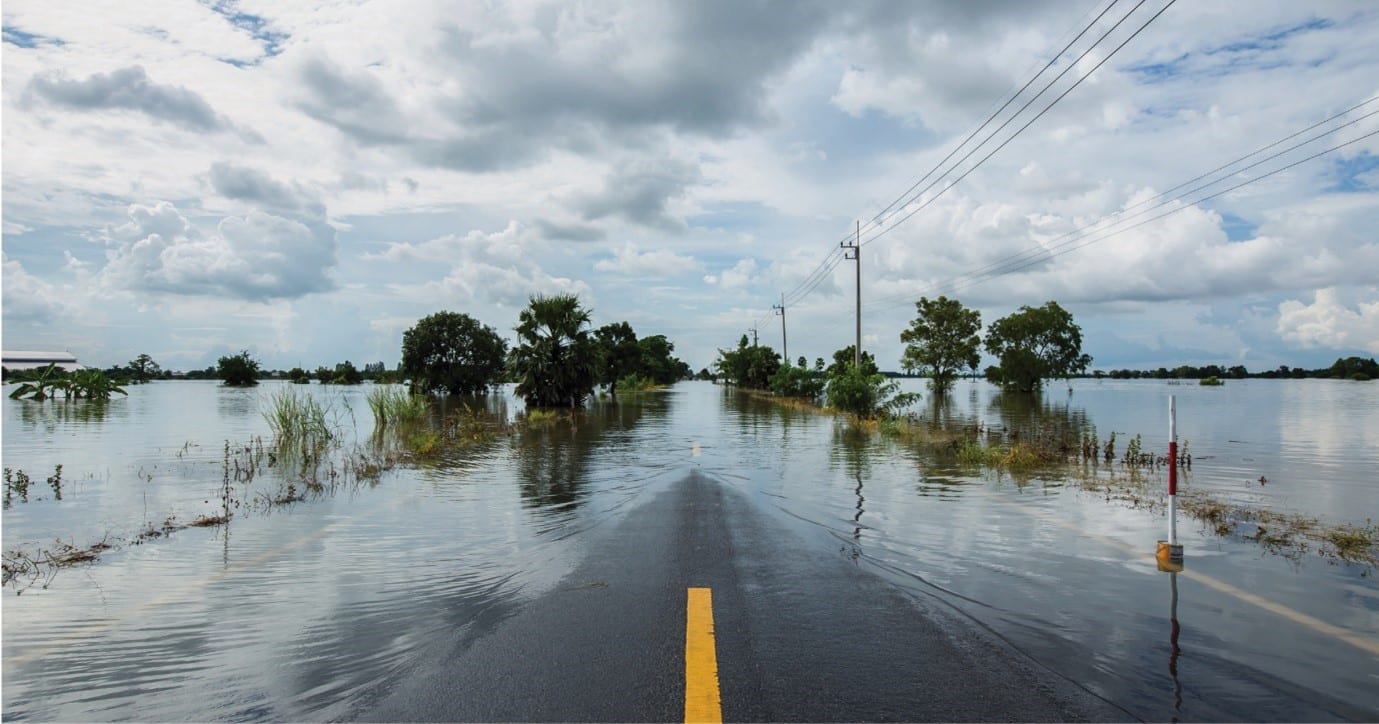Insurance Market Update: D&O
From Perry Mason to Matlock, Rumpole of the Bailey to Boston Legal, The Good Fight to The Good Wife, Janet King to Rake, Suits to Better Call Saul, Australians have always loved a legal drama. But it is no longer just on the screen. The fact is, society is becoming more litigious. And it is not just Judge Judy-style small claims, the number of class actions are rising. According to Allens’ class action risk 2024 report, filings increased 43% in 2023 to 60, indicating class action risk remains a significant factor for doing business in Australia. In fact, the Australian class action space has been called “one of the most active and profitable jurisdictions in the world”, Lawyers Weekly reported.
Add in heightened regulatory scrutiny, and rising risks associated with factors such as data breaches to climate change and ESG, and it is little wonder boards of directors of all kinds of organisations from multinational companies and ASX100-listed businesses to SMEs and not-for-profits are concerned about the fallout.
Public, private and not-for-profit companies of all sizes and across all sectors face D&O litigation risks.
Operating in an environment where there is greater corporate governance and regulatory surveillance in place, company directors and officers are under increased scrutiny. Failure to perform their duties and carry out their obligations properly may lead to personal liability for the individual director or for the entire board of directors, regardless of whether they are acting in a part-time, honorary or non-executive capacity.
Directors and officers can face legal action for wrongful acts, improper management of the company’s finances and negligence in the performance of their duties. Actions can also be brought against the organisation itself.
The action could be instigated from any number of sources including regulatory bodies, shareholders, stakeholders, third parties, business partners or individuals. Regulators with the power to investigate and pursue civil or criminal penalties for wrongful conduct include the Australian Securities and Investments Commission (ASIC), the Australian Competition and Consumer Commission (ACCC), the Australian Taxation Office (ATO), the Australian Federal Police (AFP), and the Environmental Protection Authority (EPA), amongst others.
When it comes to financially protecting those who are ultimately held responsible for an organisation’s actions or inaction, directors’ and officers’ (D&O) insurance plays a crucial role.
What is D&O insurance?
While the organisation’s constitution and a deed of indemnity will usually indemnify a director or officer for liabilities and legal costs that arise from their position, there may be certain risks or exposures that the organisation is unwilling or unable to take on (for example, due to the statutory limitations of indemnity allowed for in the Corporations Act 2001). Where indemnification does not apply, in some cases, the financial liability is the sole responsibility of that executive. This is where D&O insurance comes in. It fills these gaps, protecting personal assets.
D&O insurance policies offer liability coverage for an organisation’s decision-makers (senior management and board members) to protect them from claims which may arise from decisions and actions taken as part of their duties.
The insurance can be taken out by public, private and not-for-profit entities incorporated in both Australia and abroad. Any business with a corporate board or advisory committee, including non-profits could consider investing in D&O insurance.
The cover is designed to reimburse the costs incurred by directors and officers in defending against claims made by shareholders or third parties for alleged wrongdoing.
The types of claims that directors and officers may face include:
- breaches of fiduciary duties
- shareholder actions
- unfair competition
- insolvent trading
- failure to comply with regulations or laws
- reporting errors
- inaccurate or inadequate disclosure
- creditor claims
- misrepresentation in a prospectus
- employment practices and HR issues, and
- occupational health and safety breaches (including corporate manslaughter).
The insurance also covers monetary damages, settlements, and awards resulting from such claims.
D&O insurance excludes cover for claims relating to:
- deliberate acts of fraud or dishonesty
- intentional criminal acts
- illegal remuneration or personal profit
- uninsurable fines and penalties, and
- claims made under a previous policy.
A D&O policy may also have other exclusions. For example, ‘insured vs insured’ exclusion (where one insured entity e.g. the company, sues another e.g. a director). Other exclusions that may feature in a policy include those relating to insolvency; environmental or occupational health and safety regulations; major shareholders; prospectus; professional services; and superannuation claims.
Three sides of D&O cover
D&O cover is comprised of three separate agreements: Side A, Side B and Side C, which each protect different risks under distinct types of cover.
- Side A – cover for claims against directors and officers
This cover protects past and present directors and executives for claims made against them where there is no other indemnification, such as under a deed of indemnity, available. The cover protects the personal assets of individual executives by providing cover for legal costs, damages and penalties that the director would otherwise have to pay out of their own pocket. - Side B – company reimbursement for claims
This cover protects the organisation for its liability to indemnify its directors. It provides for the organisation to be reimbursed for the money it has spent in indemnifying those covered by a deed of indemnity. Side B are the most common D&O claims. - Side C – protection for corporate assets against securities claims
This cover protects the company itself for claims made against it and its directors and officers. It is typically purchased by a publicly-listed company to insure the company’s liabilities arising out of securities market conduct breaches. Securities claims may include allegations of breach of continuous disclosure obligations, breach of fiduciary obligations and/or misleading and deceptive conduct. They are usually brought in the form of a class action. Not all insurers offer the Side C extension.
State of the D&O insurance market
Over the last few years, the D&O insurance market has been ‘hard’, though it has softened somewhat more recently. Hard market conditions are characterised by:
- reduced capacity
- less competition among insurers
- narrowing of coverage
- toughening risk criteria
- insurers exiting the market
- fewer policies being written
- lower claim limits of indemnity
- conditions and warranties being more onerous
- more exclusions
- higher attachment points
- higher excesses and punitive restrictions
- restricted terms, and
- increased premiums.
In fact, premiums had skyrocketed – by up to 600% in some cases. However, this began to change in 2022 and the D&O insurance market began to soften with the first decreases in D&O premiums and coverage restrictions for many years.
Competition amongst insurers intensified in the latter half of 2023 and they vied for opportunities to participate in the insurance programs of well-managed organisations. This led to a stabilisation in D&O premiums, and, in some cases, premiums have decreased (albeit not to 2018/19 levels).
The softening D&O market can be attributed to a number of factors including new insurers entering the market and offering competitive prices. This, in turn, has seen existing insurers reduce premiums to retain market share.
Several London insurers are actively seeking Australian-domiciled businesses, and demonstrating significant interest in:
- Side A and B-only programs
- insuring private companies, and/or
- insuring companies outside of the ASX200.
Find out more in our latest Insurance Market Summary.
With conditions becoming more favourable for policyholders (including some insurers beginning to look at Side C cover again), more clients may now be looking at D&O liability insurance.
Work with your broker
Despite being one of the most important, D&O is one of the least understood types of insurance. Your EBM Account Manager is an invaluable resource. We will help you to identify your corporate and personal exposures to liability. Armed with this information, we will design and implement a D&O insurance policy that fits with your business. Talk to us about the right D&O liability policy for your organisation.


















































